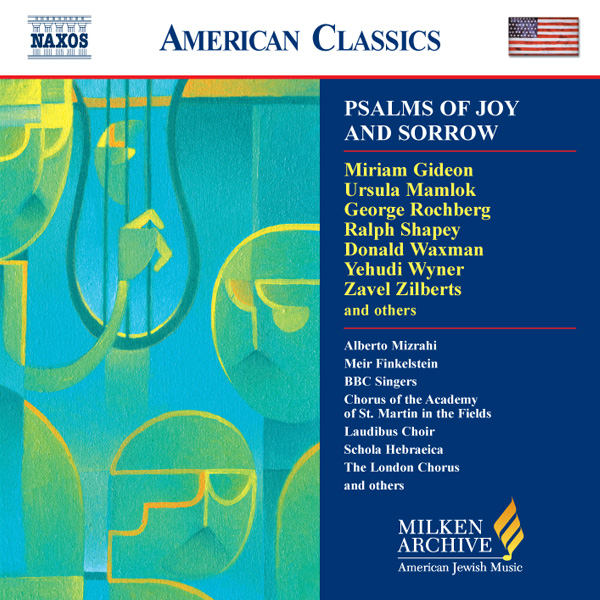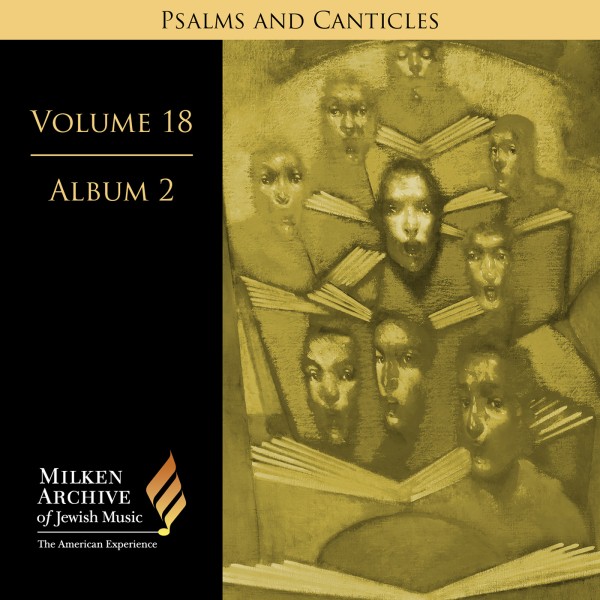
George Rochberg, one of America’s most important post-serialists who nonetheless once espoused dodecaphonic orthodoxy, is remembered now as one of the first firmly established American composers to change course midstream during the 1960s and reject both serial techniques and other presumed cerebral approaches to composition. Following his “return” to a modern version of the aesthetics of Romanticism and neo-Romanticism that had been discarded by most composers—especially within the academy—he was often quoted for his conviction that “there can be no justification for music, ultimately, if it does not convey eloquently and elegantly the passions of the human heart.” By then he had come to believe that the failure of so much new music in the 20th century was owed, at least in large measure, to its shunning of dramatic and emotional expressiveness in favor of minute “abstract design for its own sake.” But even as early as 1959 it would appear that he was seeking to distance himself from the scientific or mathematical connections to composition then fashionable in certain circles. “Music is not engineering,” he wrote in a personal letter to a friend and colleague, “and I stick fast to my conviction that music retains a deep connection with existence as we feel rather than think it.”
Born in Paterson, New Jersey, Rochberg studied piano as a child. During his teen years, his interests expanded to include jazz and composition, and after earning a degree at Montclair State Teachers College, he studied at the Mannes College of Music, in New York, where George Szell was among his teachers. In 1945, following a hiatus necessitated by his wartime service in the United States Army, he resumed studies at the Curtis Institute in Philadelphia as a pupil of Gian Carlo Menotti and Rosario Scalero—subsequently joining its faculty—and then received a master’s degree from the University of Pennsylvania, where he later served as a professor until 1983.
In the 1940s Rochberg’s music was stylistically imprinted with the influence of Stravinsky, Hindemith, and Bartók. In Rome on a Fulbright scholarship in the early 1950s, through his association with the prominent Italian serial composer Luigi Dallapiccola, he became persuaded of the inevitability of twelve-tone techniques. For about a decade his music was written in that vein and largely bore the expected Schoenbergian stamp in terms of serial procedures and overall nontonal effect. His works from that period include choral settings, chamber music, and his second symphony (1956), whose premiere by Szell and the Cleveland Orchestra scored a major success and confirmed his status as a “serious” modern composer.
Following a period of self-reflection and artistic reassessment in the mid-1960s, in the wake of a calamitous personal loss, Rochberg came to the conclusion (nearly revolutionary for a composer of his milieu) that his future work, in order to have any meaning for him, would have to look back in some ways to the historical development of music and its pre-serialist aesthetics vis-à-vis expressivity. Some of his compositions from those years are in effect layered mosaics that draw upon and quote music of other composers, interlaced with his original material and refracted through his creative lens. His chamber work Contra mortem et tempus (1965), for example, famously contains quotations from 20th-century composers Pierre Boulez, Edgard Varèse, and Charles Ives. It takes the form of motivic fragments as well as diced and spliced melodic or rhythmic bits whose transformation and reassembling constitute—together with the glue of Rochberg’s own musical ideas and developmental devices—an original composition.
By the 1970s Rochberg had effectively abandoned some of the most sacred ideals of the serial procedure adherents and of their models among the Second Viennese School, declaring that those techniques and their results were “finished, hollow, meaningless” and that they made it “virtually impossible to express serenity, tranquility, grace, wit, energy …” From the 1970s on, he began to blend modernity and modernism with Romantic elements, ranging—as he freely acknowledged—from purely diatonic sources to extremely complex chromaticism, but always geared toward his goal of achieving “the survival of music through a renewal of its humanely expressive qualities.” Between 1969 and 1987 Rochberg wrote four additional symphonies. The fifth was commissioned to celebrate the 150th anniversary of the city of Chicago, and it received its premiere there by Georg Solti and the Chicago Symphony Orchestra. Also, in the 1970s, having already written two string quartets during his serial period, he composed five more. Apart from his Three Psalms, set in the original Hebrew, Rochberg’s Judaically related pieces include Songs of Solomon (1946); David the Psalmist, for tenor and orchestra (1954); Sacred Song of Reconciliation (Mizmor l’piyus), for bass baritone chamber orchestra (1970), commissioned for the 1970–71 concert series Testimonium in Jerusalem, during which time he was its composer-in-residence; and Behold, My Servant (1973), commissioned by the Jewish Theological Seminary.
By: Neil W. Levin

